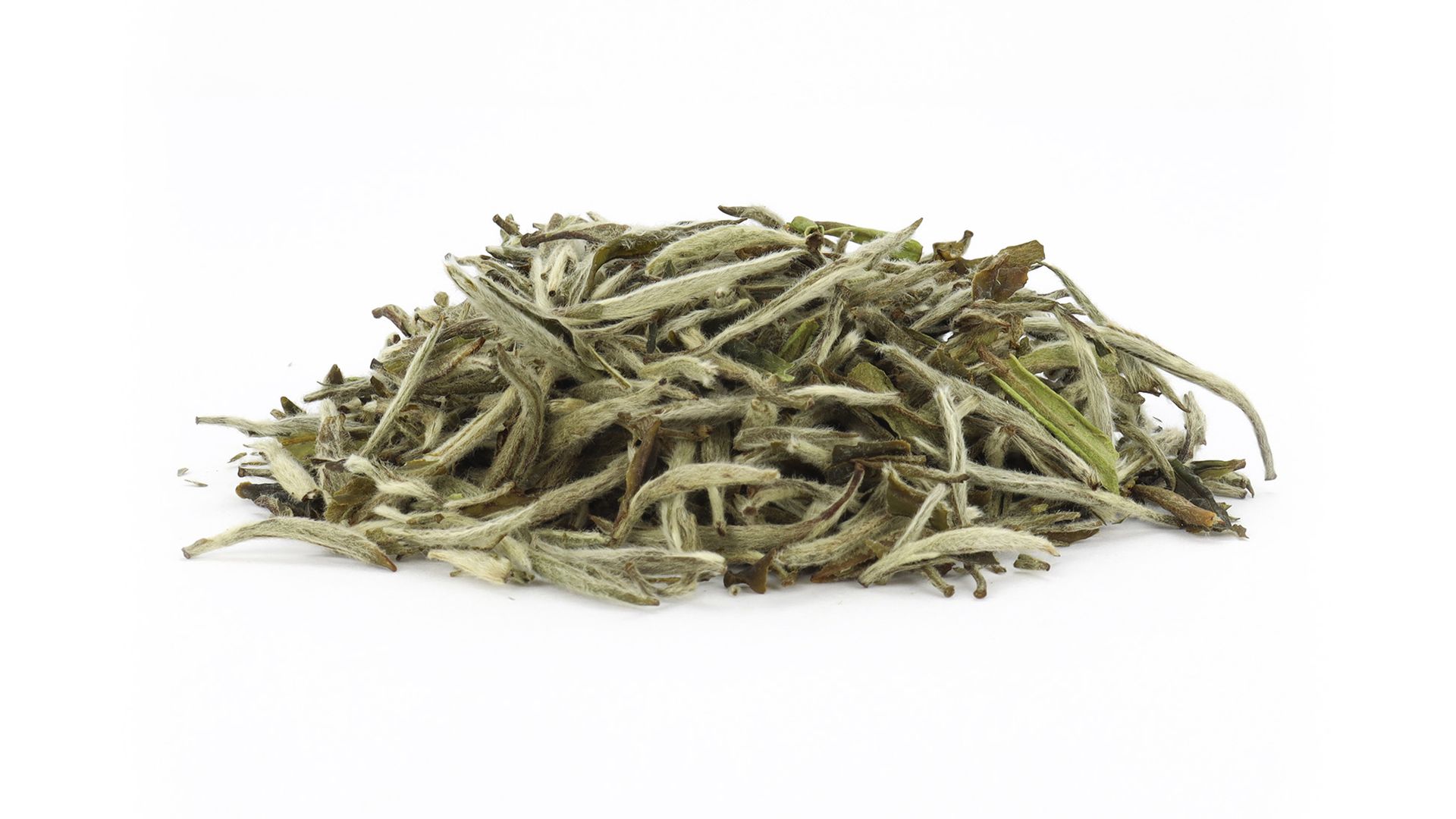How to properly store tea? Part 1.
Autentica Inc. • February 16, 2023
What negatively affect tea during storage?
Strong and foreign odors
nearby. Dry tea leaves can absorb all the surrounding smells, so it is essential to store tea away from sources of solid aromas (such as spices, coffee, cosmetics, medicines, etc.). It is also necessary to provide airtight packaging to minimize the influence of the surrounding environment. We will talk about the types of tea packaging a little later.
Water also decreases the shelf life of tea. Therefore, it is essential to choose a dry storage location for tea. If the humidity
of the surrounding environment exceeds 60%, it is necessary to ensure the airtightness of the tea packaging.
Storage temperature
should be low for weakly-fermented and fresh tea, such as (white, yellow, green, southern Fujian, and Taiwanese oolongs). If you do not drink it for the next few months, keep it in the freezer in an airtight container. We recommend storing highly-fermented tea such as (red or black tea, Wuyi rock tea, Guangdong oolongs, Pu'er tea, and Hei Cha) on the shelf at room temperature.
Sunlight. Any light, but especially sunlight, can harm tea leaves. Therefore, it is essential to avoid direct exposure to sunlight on tea. Store tea in opaque packaging or hide it in closed cabinets/boxes.
Another characteristic of tea leaves is that they lose their aroma and flavor over time, under normal conditions, becoming less vibrant and simply "breathing out." It is necessary to limit the tea's exposure to air! You can solve it by choosing the proper packaging or container for tea.
Containers for proper tea storage.
Tea packages
can be foil, paper, or polymer. Sealed foil packages are ideal for storage as they are completely impervious to air, light, and moisture. Paper packages are also suitable for storage, but odors and water can penetrate the thin layer of packaging. Polymer packages block out moisture and air, but they are transparent, and over time, the tea inside them begins to lose its flavor. Therefore, we do not recommend keeping tea in them for an extended time.
Glass, metal, pressed cardboard jars, and boxes are all suitable containers. The tightness of the lid is essential! Please store glass containers away from light. Do not store tea in metal
and cardboard boxes without paper or foil packages, as the material of the container oxidizes over time and affects the taste and flavor of the tea leaves. Pressed cardboard
jars, on the other hand, are a good and relatively inexpensive solution for storing tea.
Tea caddies are an attractive and historically established solution for tea storage! Ceramic and clay
tea caddies protect the tea from external and harmful environmental factors. Porcelain containers also cool the tea leaves, as this material always remains slightly colder than the air temperature.

Discover the seven different types of tea and learn about their unique characteristics and production processes. From the delicate and lightly fermented green tea to the highly fermented dark tea, each type of tea has its own distinct flavor profile and aroma. Explore the differences between light and dark oolongs and the rarity of red tea. And don't forget about Pu'er, a post-fermented tea made from tea trees that boasts enormous potential and energy. Delve into the fascinating world of tea and discover your new favorite brew with Autentica Tea.

In this blog post, you will learn that all tea comes from one plant, Camellia sinensis. The post explains that only teas made from this plant can be called tea, while beverages made from other plants, such as hibiscus or osmanthus, cannot be called tea. The post also delves into the nuances of tea plant subspecies, including the Assam variety and Pu'er trees. The classification of tea in Europe and the United States is compared to China, where tea is classified by fermentation and infusion color. Finally, the post discusses the process of enzymatic oxidation that occurs during fermentation and compares it to the browning of an apple.

Discover the art of Pin Cha, the most common way of making tea in China. Learn about the basic items and teaware used in Pin Cha, and the step-by-step process for brewing tea using this traditional method with Autentica Tea. Whether you're a tea lover or just curious about Chinese tea culture, this post will deepen your understanding and appreciation of the ancient tradition of Pin Cha.

